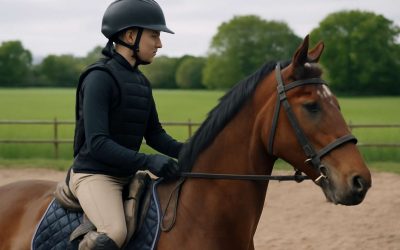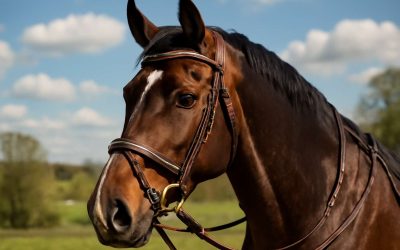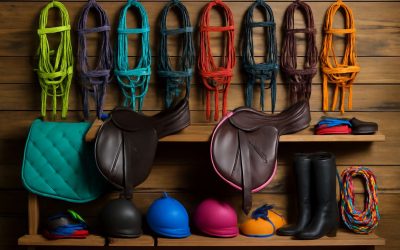
Horse equipment includes a saddle, bridles, hackamores, martingales and other devices that attach to a horse’s head and are used to guide and control it. These devices may also be used in conjunction with a lead rope, which is a separate piece of equipment that allows you to guide the horse or tie it up for grazing or transport. In addition to the tack and other horse equipment, you’ll need a variety of barn supplies that include feed buckets, water tanks in the pasture or trough, hay feeders and dishes for grain. Many of these horse supplies are available at tack stores and some can even be purchased in bulk to save money.
One of the most important pieces of horse equipment is a saddle, which is the seat that the rider sits on to travel and train the animal. A saddle is designed to hold the rider’s body weight while distributing it evenly across the horse’s back and avoiding pressure points. There are several types of saddles, including english saddles, western saddles and endurance saddles.
Other horse equipment includes a cinch, breastplate and stirrups. A cinch is a wide strap of fabric that fits around the horse’s barrel to help keep the saddle in place. A breastplate, which is often made from leather, is a harness-type device that helps prevent the saddle from slipping forward and has straps that extend from the girth to the chest between the forelegs or sternum. Some types of breastplates have thigh rolls or knee rolls that help support the rider’s leg and keep it in the optimal position.
Martingales, which are a type of neck strap that limits the horse’s head movement, are also popular among riders and trainers. These can be attached to the center chest ring of a breastplate or, when no breastplate is worn, can be hooked on the girth and run through a buckle on the neck strap, between the forelegs and over the bit. There are different designs of martingales; some, like the standing martingale or market harborough, provide more leverage than others. Martingales are not allowed in most flat classes at horse shows but they are often allowed in training classes for young or green horses who may need extra leverage to train them properly.
Another popular training tool is the overcheck, chambon, de Gogue or grazing reins. These devices fall into the martingale category, which are leverage devices that restrict the horse’s head movement or add extra tension to the rider’s reins. Some horse owners also use these devices in place of the bridle in order to teach their horses to pick up their feet when they are asked to stop. The devices work by tickling the horse’s skin and hair follicles, which stimulate specific core muscles. It is believed that this builds proprioception in the horse, a sense of where its parts are located in space and in relation to each other. This is an essential part of training a horse and can be beneficial in many disciplines, including dressage and jumping.



0 Comments